Guidalberto marks the new millennium: the 2000 vintage appears on the market with less pretense than Sassicaia and with a more approachable drinkability, while showing a great aging potential. It is not intended to follow in the footsteps of Sassicaia, but rather be a wine that shows another expression of the Tenuta San Guido territory.
The Label
The label depicts the Oratory of San Guido and the wine is named after the family ancestor Guidalberto della Gherardesca, an agricultural pioneer in the Bolgheri area. It was in the first decades of the 1800’s when he built the first factories, and churches, and planned the avenue of cypress trees, the Viale dei Cipressi. These trees were initially used to mark the boundaries between the different crops. Its ornamental value, with the tall cypresses running in double rows, came after that.
Soil Type
The vineyards sit on varied, complex terrain with limestone, marl, pebbles, and clay. The altitude ranges between 100 and 300 meters above sea level, with south/south-west exposure.
Weather Trends
Autumn 2020 was rainy with mild temperatures, but winter turned harsh due to a polar cold front. Spring arrived timidly in late March but was interrupted by cold air, bringing temperatures close to zero. Rain persisted until mid-May, followed by sunny days. June was mild, but July was hot and dry. August started with heat but saw rain on the 16th, stabilizing temperatures. The grapes ripened perfectly, without excess sugar, and had nice pulp and well-lignified pips.
Harvest
The manual harvest began with Merlot in late August, followed by Cabernet Sauvignon on 22 September. It ended in early October. Ideal weather allowed a calm harvest, producing a balance between technical and phenolic maturity. Excellent lignification of seeds and stalks released only noble tannins during destemming and maceration.
Vinification
Grapes were sorted in the field and again on arrival at the cellar. Soft pressing and gentle destemming avoided excessive tannic transfer. Alcoholic fermentation occurred in stainless steel vats at controlled temperatures of around 27-28°C, without external yeasts. Maceration lasted 14-16 days for Merlot and 16-18 days for Cabernet Sauvignon, with frequent pumping over and délestage for balanced musts and excellent anthocyanin extraction. Malolactic fermentation took place slowly in stainless steel, starting in early November and finishing by the end of the month.
Aging
From mid-December, musts were placed in 225-litre barriques, 40% new French oak, 40% second passage, and 20% third and fourth passage. Aging lasted 15 months, followed by three months of bottle refinement before release. This careful selection balanced tannin release while preserving the vintage’s primary and secondary aromas.
For more information on the Tenuta San Guido wines click here or visit their website here.

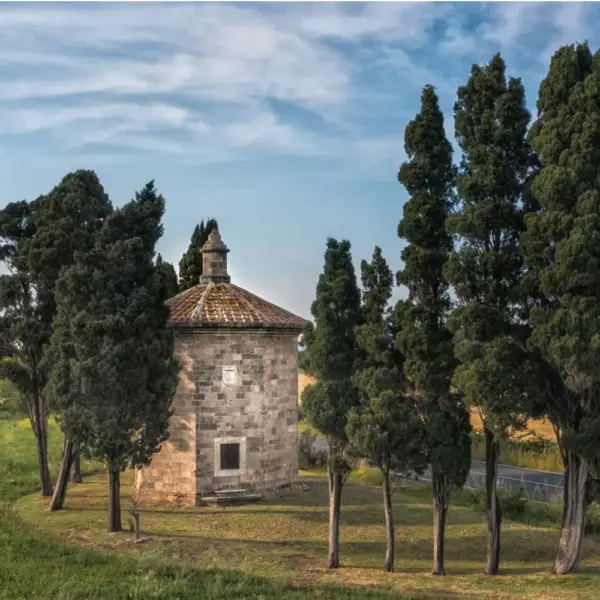
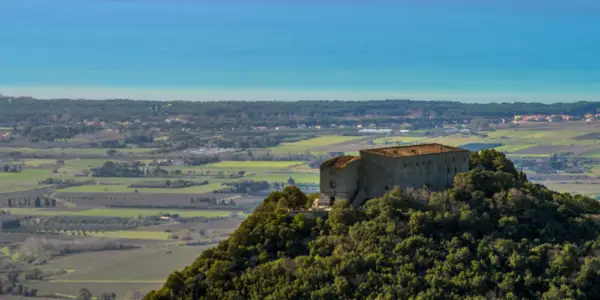
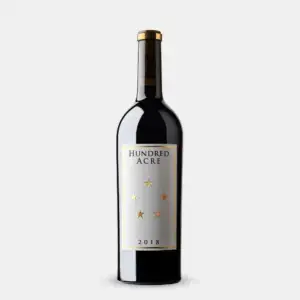
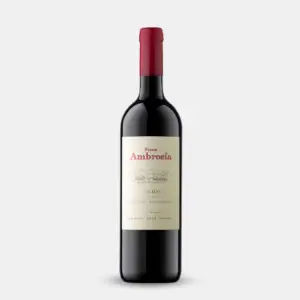
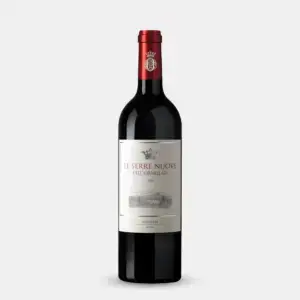
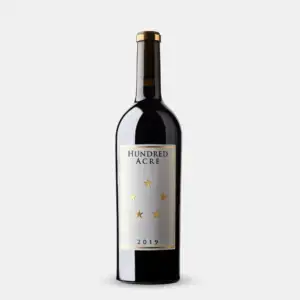
Reviews
There are no reviews yet.